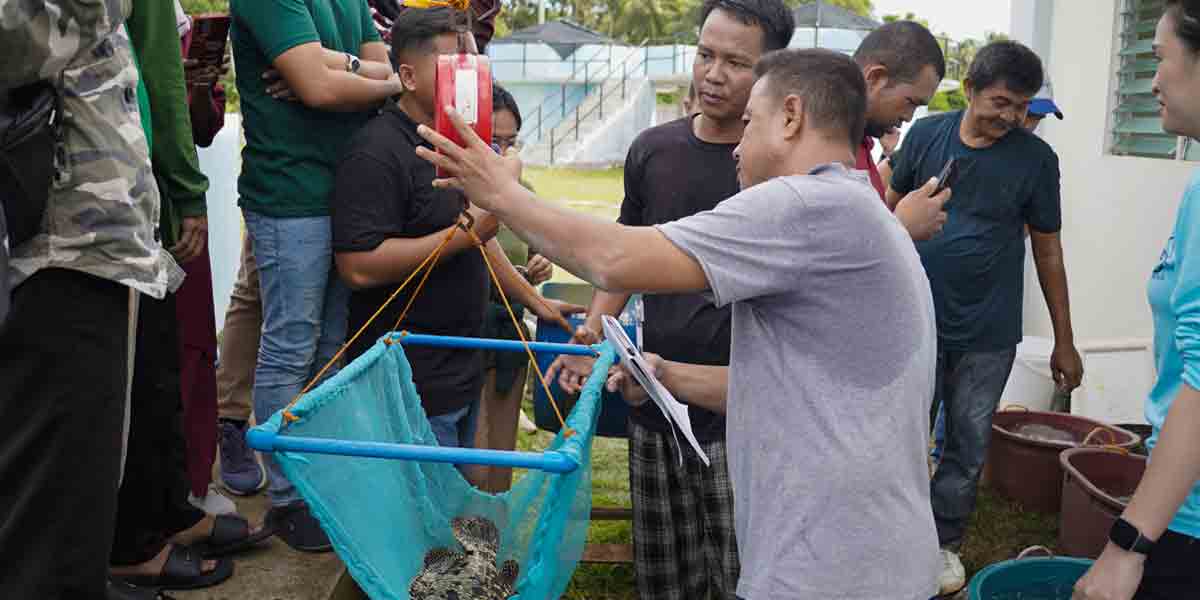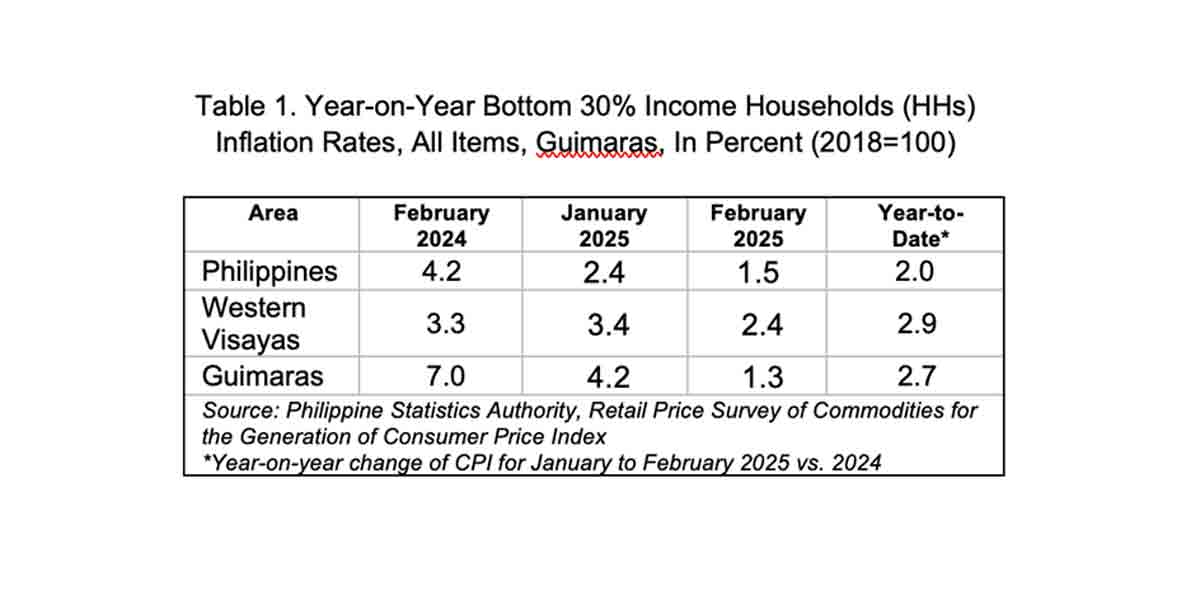Energy Secretary Raphael P.M. Lotilla has urged electric cooperatives (ECs), distribution utilities (DUs), and other energy stakeholders to adopt a “build back better” approach in restoring energy services following a series of devastating tropical cyclones last week.
The Secretary highlighted the importance of constructing typhoon-resistant power lines and improving the structural integrity of energy assets nationwide to minimize disruptions and protect communities during severe weather.
“Identifying the specific weaknesses in the network allows for targeted reinforcements where they are needed most,” Lotilla said. “The goal is to strengthen the power lines in high-risk areas, ensuring that these lines can better withstand the impact of future storms, thus minimizing disruptions and reducing risks posed by extreme weather events.”
He noted that while some ECs have upgraded distribution lines to handle winds of up to 280 kilometers per hour, many 69 kV transmission lines remain vulnerable, with a wind resistance capacity of just 160 kph.
Lotilla also emphasized mapping critical energy infrastructure—such as oil and gas assets, generation plants, and transmission lines—to enhance disaster preparedness.
Restoration efforts are in full swing across areas severely affected by Tropical Cyclones Nika, Ofel, and Pepito. Linemen, engineers, and technical teams from the National Grid Corporation of the Philippines (NGCP), NEA’s Task Force Kapatid, and private DUs are working to bring power back to affected regions.
Partial restorations have been completed on key 69 kV lines in Northern and Southern Luzon, including the Bayombong-Lagawe and Cabanatuan-San Luis lines, benefiting the Ifugao Electric Cooperative (IFELCO) and Nueva Vizcaya Electric Cooperative (NUVELCO II).
Teams are also repairing the Santiago-Cauayan line in Isabela, which serves ISELCO I and II, and other areas damaged by Tropical Storm Nika, including Quirino Electric Cooperative (QUIRELCO) and Kalinga Electric Cooperative (KAELCO).
In Catanduanes, the First Catanduanes Electric Cooperative has started restoring services after manually shutting down operations due to Tropical Cyclone Pepito. Restoration work for 60,657 connections began on November 17, with linemen repairing downed posts and disconnected lines.
The NEA reported progress in Cagayan, where 72% of CAGELCO II’s service area has been restored, thanks to support from Task Force Kapatid responders from TARELCO and PENELCO.
As of November 18, 2024, a total of 39 ECs across 26 provinces and seven regions remain under monitoring and assessment for damages caused by the recent storms.
Lotilla reiterated the energy sector’s commitment to restoring power as swiftly as possible and enhancing the nation’s energy resilience against natural disasters.
















